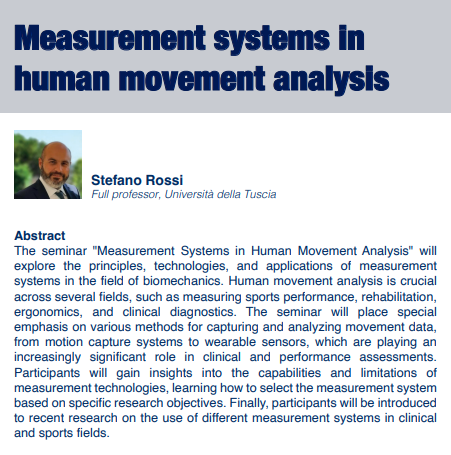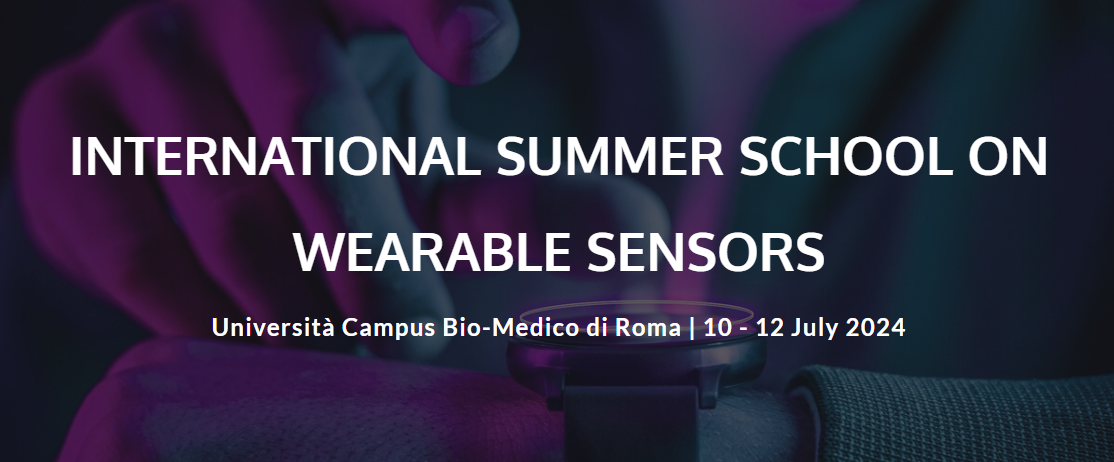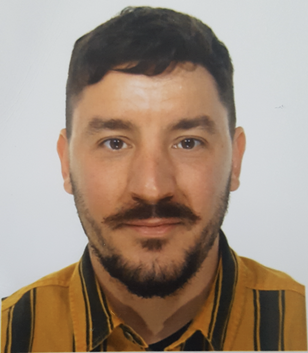Measurement systems in human movement analysis
Università Campus Bio-Medico di Roma via Alvaro del Portillo, 21, Rome, --, ItalyJOIN LIVE The seminar "Measurement Systems in Human Movement Analysis" will explore the principles, technologies, and applications of measurement systems in the field of biomechanics. Human movement analysis is crucial across several fields, such as measuring sports performance, rehabilitation, ergonomics, and clinical diagnostics. The seminar will place special emphasis on various methods for capturing and analyzing movement data, from motion capture systems to wearable sensors, which are playing an increasingly significant role in clinical and performance assessments. Participants will gain insights into the capabilities and limitations of measurement technologies, learning how to select the measurement system based on specific research objectives. Finally, participants will be introduced to recent research on the use of different measurement systems in clinical and sports fields. Locandina_Seminario_Rossi JOIN LIVE



